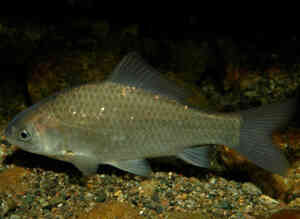
Carassius auratus
Carassius auratus,Goldfish,Carassius auratus cantonensis Tchang,Xitou, crucian carp, crucian carp seeds, river crucian carp, moon crucian carp, ancient name crucian carp, crucian carp, cold crucian ca
Features:Body is oval, flattened laterally
Crucian carp is one of the typical bottom fishes with strong adaptability. It can survive in water with a pH value of 4 or pH value of 9, and can even live in spring water, sewage and industrial wastewater containing minerals. In addition, it can withstand severe cold (such as -10℃ to -15℃), and h...
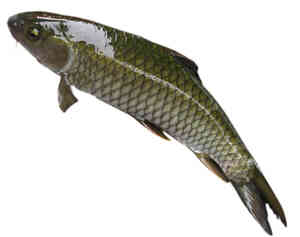
Ctenopharyngodon
Ctenopharyngodon,Grass carp, grass carp, oily grass carp, grass carp, white grass carp, grass carp, grass carp, thick fish, sea grass carp, mixed fish, black herring, etc.
Features:The body length is 3 to 4 times the body height, the body is brown and the abdomen is grayish white.
It is named because it eats grass (Li Shizhen of Ming Dynasty). In Erya, it is also called carp, which is the same as 鰀 (Guangyun); it is also called 鯶. Guo Pu of Jin Dynasty noted that "today's 鯶 is similar to trout but larger". Li Shizhen said that "its nature is relaxed, so...
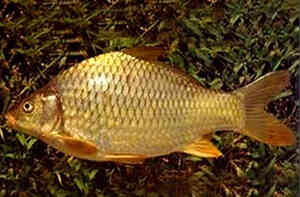
Cyprinus acutidorsalis
Cyprinus acutidorsalis,Sea carp, sea crucian carp, triangular carp
Features:The body is extremely tall, with a significant bulge on the back, and then slopes down sharply. The head is short. port.
Sharp-finned carp is a unique species of carp that lives in the brackish and freshwater waters of a few estuaries in the South my country Sea for a long time. It has a mixed diet. Under natural conditions, it mainly feeds on aquatic invertebrate benthic organisms (such as gastropods, carps and polyc...
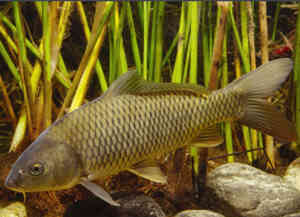
Cyprinus carpio
Cyprinus carpio,Common carp, carp, hairy fish, red fish, carp
Features:The body is spindle-shaped, with medium-sized round scales.
The scales have the character "十" in Wenli, hence the name carp (Li Shizhen's "Compendium of Materia Medica"). Also known as red carp, xuanju, huangji, and huangzhui; today it is commonly known as carpguaizi. Chixian Gong (Tang Dynasty Law. See "Kangxi Dictionary")...
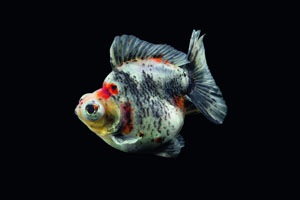
Flower head dragon eye
Red and White Dragon-eye with Tiger-head
Features:
The Flowery Dragon Eye is famous for its beautiful red and white markings. As one of the ornamental fish, it is deeply loved by players for its beautiful appearance. Although the tumor on the top is not thick, if the color is red, white, or red and white, it will be more popular and its value will d...
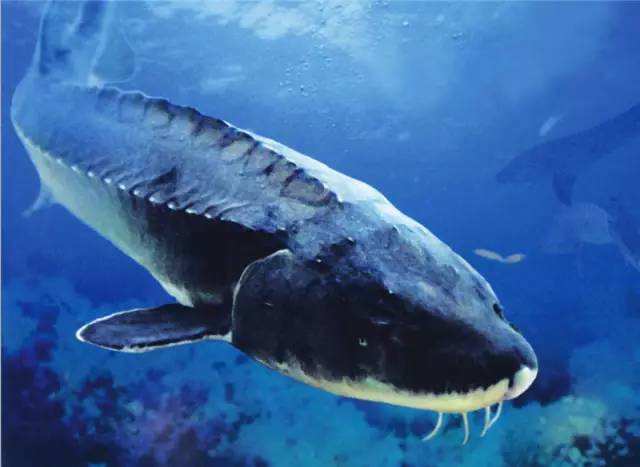
Acipenser sinensis
Sturgeon, sturgeon, yellow sturgeon, tuna, sturgeon shark, king tuna
Features:One of the oldest vertebrates
The Chinese sturgeon is the largest and longest-lived freshwater fish. (After the extinction of the Chinese sturgeon)The Chinese sturgeon is the oldest vertebrate on Earth and a descendant of the ancient stickleback, the common ancestor of fish, with a history of 140 million years. It lived in the s...
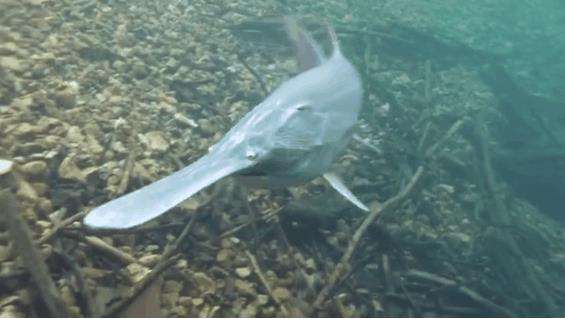
Psephurus gladius
Chinese swordfish, sword-nosed white sturgeon, elephant fish, elephant nose fish, swordfish, sturgeon, anglerfish, tuna, Yangtze white sturgeon
Features:The king of Chinese freshwater fish (extinct)
The white sturgeon is one of the largest freshwater fish, named for its lighter color. It is also known as the harp fish, the swordfish, and the ancient name tuna. Like the Chinese sturgeon, it has existed for 150 million years and is one of the very few ancient fish that survived from the Cretaceou...
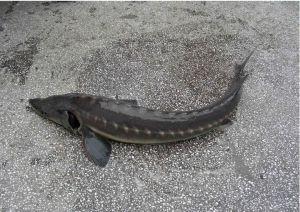
Acipenser dabryanus
Sand Lazi, small Lazi, sturgeon, sturgeon, Yangtze sturgeon
Features:One of the three species of sturgeons in China's Yangtze River (extinct in the wild)
Acipenser dabryanus is a type of sturgeon. It is one of the precious large fish species unique to my country, and its external morphology is similar to that of the Chinese sturgeon. It is one of the three types of sturgeons living in the Yangtze River (Acipenser dabryanus, Chinese sturgeon, and Chin...
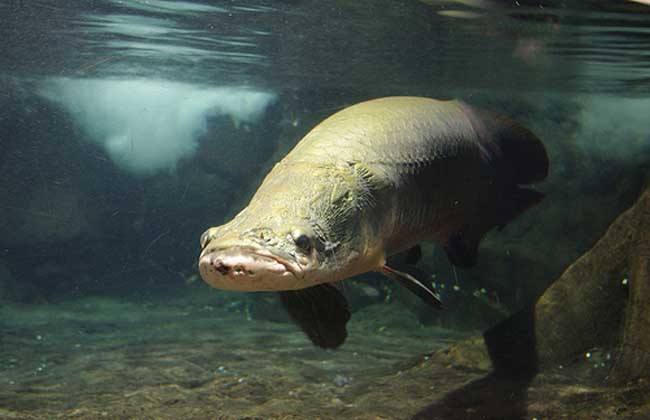
Arapaima gigas
Arapaima, walrus fish, elephant fish, frigate dragon, giant dragon
Features:One of the largest freshwater fish in the world.
There is a kind of big fish in South America that is not afraid of piranhas. Not only that, they eat piranhas. This big fish that can easily prey on piranhas is the Arapaima, also known as the walrus fish.Arapaima is a remnant of ancient freshwater fish, which is estimated to have appeared 100 milli...
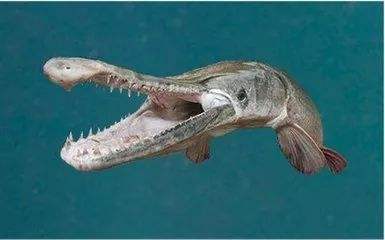
Atractosteus spatula
Alligator gar, ghost rocket, lucky crocodile, giant gar, malleus gar, crocodile rocket
Features:It is a prehistoric fish that has lived on Earth for more than 100 million years.
The alligator gar is named for its short snout like an alligator and two rows of dagger-like teeth. It is the largest of the seven existing species of North American gar. It is a prehistoric fish that has lived on Earth for more than 100 million years. Fossils date back to the Upper Cretaceous. In a...
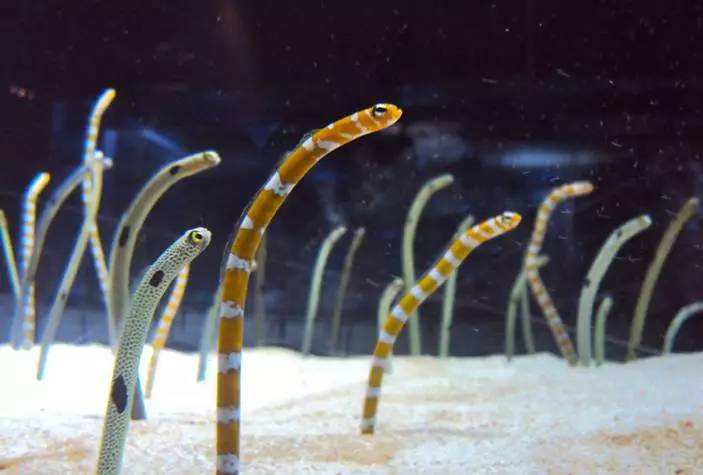
Heteroconger hassi
Garden Eel,Heteroconger eel
Features:Extremely timid, might even be frightened to death.
Heteroconger eels live in groups of hundreds (sometimes thousands) of individuals. The largest males usually live in the center of the group, positioning themselves in the best spots to build a home and get food. When they are not hiding, these fish sway like leaves of seaweed, hence the name "...

